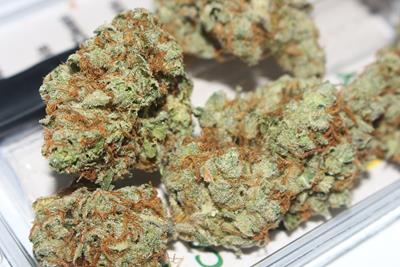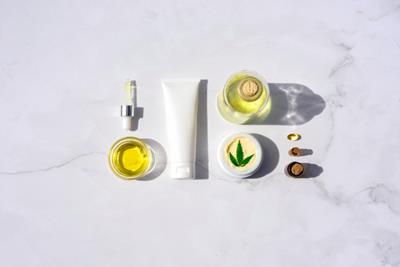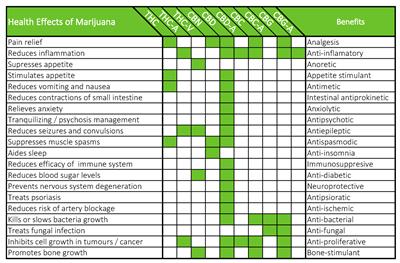
Friday March 24, 2023
By Trevor Ross
Reviewed By Joshua Hooten, M.D.
 Health/Science
Health/Science
The active ingredients in cannabis are called “cannabinoids.” These chemical compounds mostly interact with the body by binding with receptors on the surface of cells like a key into a lock. In fact, the human body produces its own cannabinoids in small amounts which interact with these same receptors, and the body has an entire regulatory system devoted to them, called the “endocannabinoid system”. In a weird way, it’s almost like the human body was designed to interact with cannabis. What is “unlocked” when these compounds are consumed is a surprising array of therapeutic benefits both physical and psychological.
The most well-known cannabinoids include THC and CBD, but researchers have identified over one hundred similar compounds, all of which appear to offer slightly different — or a different combination of — beneficial reactions. For instance, THC-V is an appetite suppressant that may show promise in treating diabetes.
This article reviews the more common cannabinoids and the health benefits of cannabinoids.
Common Cannabinoids and Therapeutic Effects
THC (delta-9-tetrahydrocannabinol)
THC is the most abundant cannabinoid found in marijuana and is infamous for its intoxicating effects in large doses. But in smaller doses, THC has been found to relieve pain, calm nerves and muscle spasms, and stimulate hunger while relieving nausea.

THC is specified here as delta-9 because since 2018 many consumers have also encountered delta-8-THC. Technically, delta-8 does occur naturally in cannabis, but in amounts too small to harvest commercially. The delta-8 found for sale, even outside legal markets, is converted from CBD and sold through a legal loophole in the 2018 Farm Bill.
Delta-8 is not inherently more dangerous, but the lack of regulation and oversight frequently leads to inconsistent products being sold to undereducated consumers. This is why many states have moved to ban it.
CBD (cannabidiol)
CBD interacts with receptors in a different way than THC and other cannabinoids. It actually has quite a broad range of actions. It can interact with ion channels, which can kind of turn off or speed up certain processes in your body. Stopping these ion channels is how local anesthetics work. So, CBD’s wide acceptance as a mild pain reliever may be a very similar mechanism.
More importantly, it can also turn off an enzyme that breaks down some other cannabinoids, like anandamide. This increases the action of anandamide (an endogenous cannabinoid), and provides the calming, more euphoric effects some users may feel when taking CBD chronically.
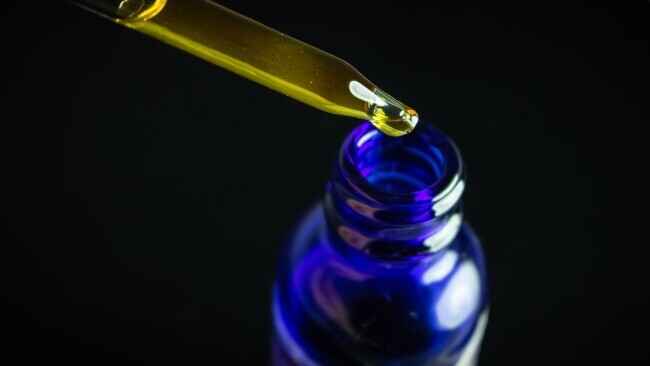
CBD has also been found to mitigate the effects of THC, making it a great antidote if you’ve eaten too many edibles.
THC-A (tetrahydrocannabinolic acid)
Psychoactive THC begins as medically inactive THC-A, or THC acid, in raw cannabis. The difference between the two is a carboxylic acid chain on the molecular structure of THC-A. When heat is applied to the compound, say by lighting it on fire to smoke it, that acid chain is broken, resulting in medically active THC. This process can also occur through regular metabolism in your body. It is slightly less efficient, however.
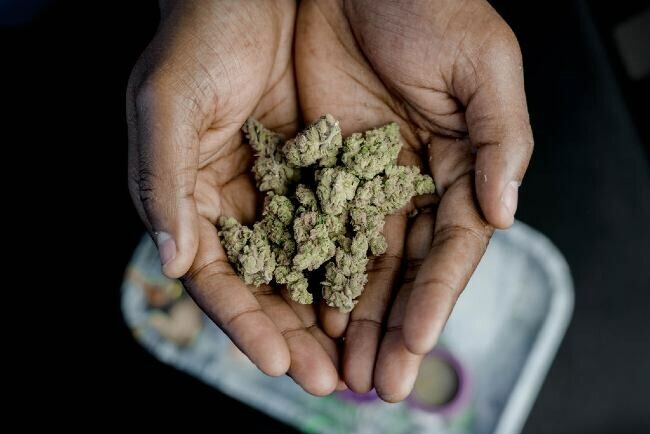
This process is called “decarboxylation,” and is a critical consideration when cooking with cannabis.
THC-V (tetrahydrocannabivarin)
THC-V is a relatively recent discovery. It is an isolate that is similar structurally to THC, however, there is minimal if any high. In fact, THC-V may block CB-1 (essentially THC) receptors, which would mitigate some of the high associated with THC. More importantly, THC-V has found great promise as an appetite suppressant. In fact, A study in 2016 suggests it may be an effective tool for treating and preventing type 2 diabetes, probably because of its CB-1 receptor blocking effects. However, the study is limited, and more data is needed to use it as a treatment.
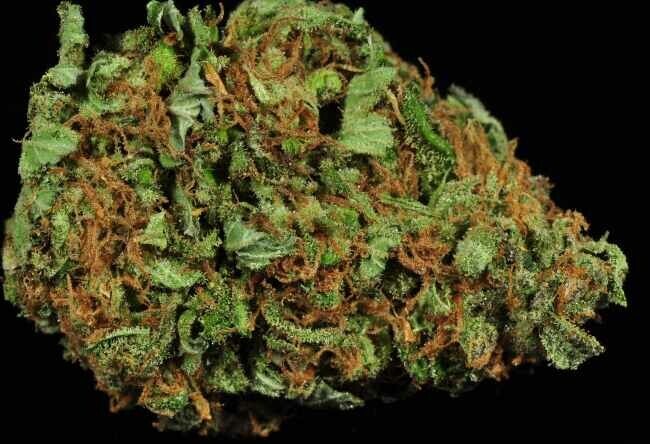
Some consumers have also reported that THC-V has mild stimulant effects, which means THC-V aids focus and activates users. While we have a tendency to believe this, the jury is still out. You guessed it: more study is needed.
CBN (cannabinol)
CBN is a cannabinoid that results from the natural degradation of THC. In fact, this degradation continues to occur even after the plant has been harvested, which is why old weed, or even buds left on the plant too long, will deliver a more sedative high.

For this reason, CBN is increasingly included in sleep aids. Though research is yet to identify exactly how CBN causes sleepiness, a continual wave of anecdotal reports continue to come in. This study from 2019 also found it to relieve muscle pain when combined with CBD.
CBG (cannabigerol)
CBG is known primarily as the chemical precursor to more abundant cannabinoids like THC and CBD. In the early stages of cannabinoid development, young plants contain high amounts of CBG. Then as the plant grows, the CBG acid is broken down into these other cannabinoids, leaving very little CBG (about 1%) by the end of the life cycle.
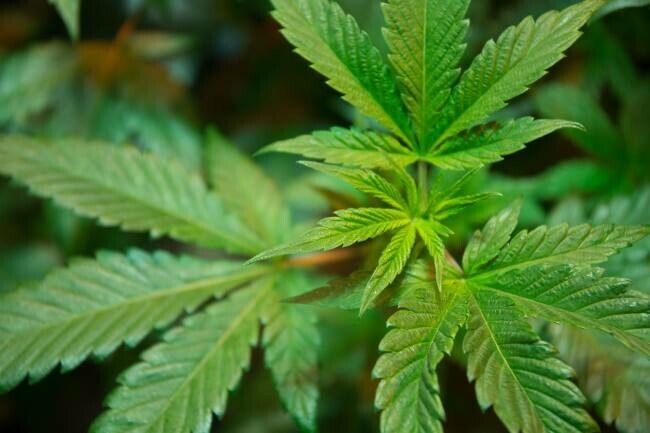
CBG has not yet been studied as closely as other cannabinoids, but experimental models run in 2015 suggested it could treat degenerative effects of Huntington’s Disease.
CBC (cannabichromene)
CBC is the third most common cannabinoid after THC and CBD. Early research suggested CBC amplifies the effects of THC is what is commonly referred to as “the entourage effect,” or the harmonizing effect of multiple cannabinoids and other active ingredients, like terpenes, working together.
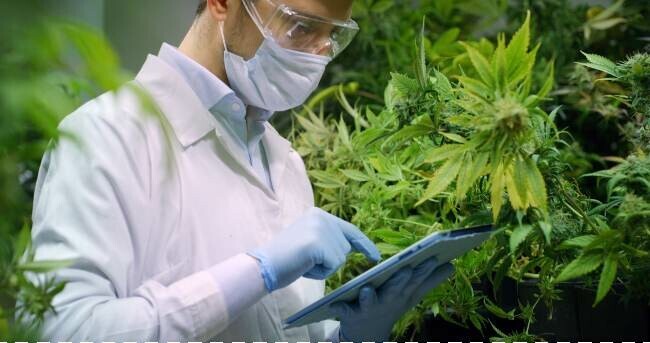
But researchers are excited about CBC’s therapeutic potential because it appears to work not only on CB receptors, but also TRP receptors, which affect pain and inflammation. The hope is that CBC may be able to treat chronic pain by multiple mechanisms in the body.
Conclusion
Many of the cannabinoids listed here can be found isolated in distillates for therapeutic relief that do not intoxicate the consumer. However, many of these cannabinoids also appear to
benefit from each other in what is called “the entourage effect” whereby cannabinoids work in concert to produce cumulative effects greater than their individual effects.
Research into the active ingredients of marijuana is still a relatively burgeoning field after being prohibited by the Controlled Substances Act of 1970, so more information will inevitably reveal itself as we learn about these compounds and how they interact with our bodies.
Which cannabinoids have helped you and how? Share your story in the comments below!
Frequently Asked Questions
What Do Cannabinoids Help With?
Cannabinoids are the active ingredients in marijana and bind with cell receptors in different parts of the body to relieve an array of ailments including pain, inflammation, insomnia, anxiety, and nausea.
Is Cannabidiol Good For Your Health?
Yes. While studies are still ongoing, early results have found CBD to be beneficial for treating anxiety and insomnia, among other ailments. In 2018, the FDA approved Epidiolex, a prescription drug derived from CBD to treat a rare form of childhood epilepsy.
What are the Side Effects of Cannabinoids?
Individually, most cannabinoids do not carry unwanted effects. In fact, CBD is renowned for its safety profile, being generally well tolerated by the vast majority of consumers. Common complaints are usually limited to headaches, dehydration, or sluggishness the next day. Of course, too much THC will cause intoxication (the infamous “high”).





